
Most people still think that all this communication is done with the help of artificial satellites, but that is not true. The intercontinental optical fiber network is the backbone of the current Internet. Undersea cable network construction began in the 1850s, when it was telegraphic cables. (Eg transatlantic telegraph cable)
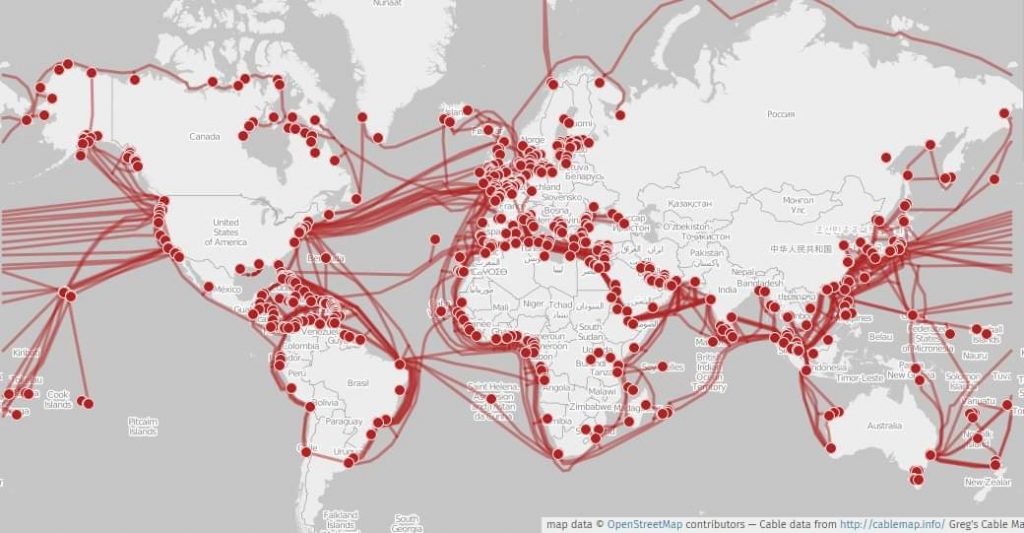
As early as the 1870s, there was a fully functional submarine cable network connecting Bombay to London. The optical fiber cable network was built in parallel with telegraphic cables in the 1980s, and the first such TAT-8 was launched in 1988. The lion’s share of the data you use at the moment passes through this underwater cable network.
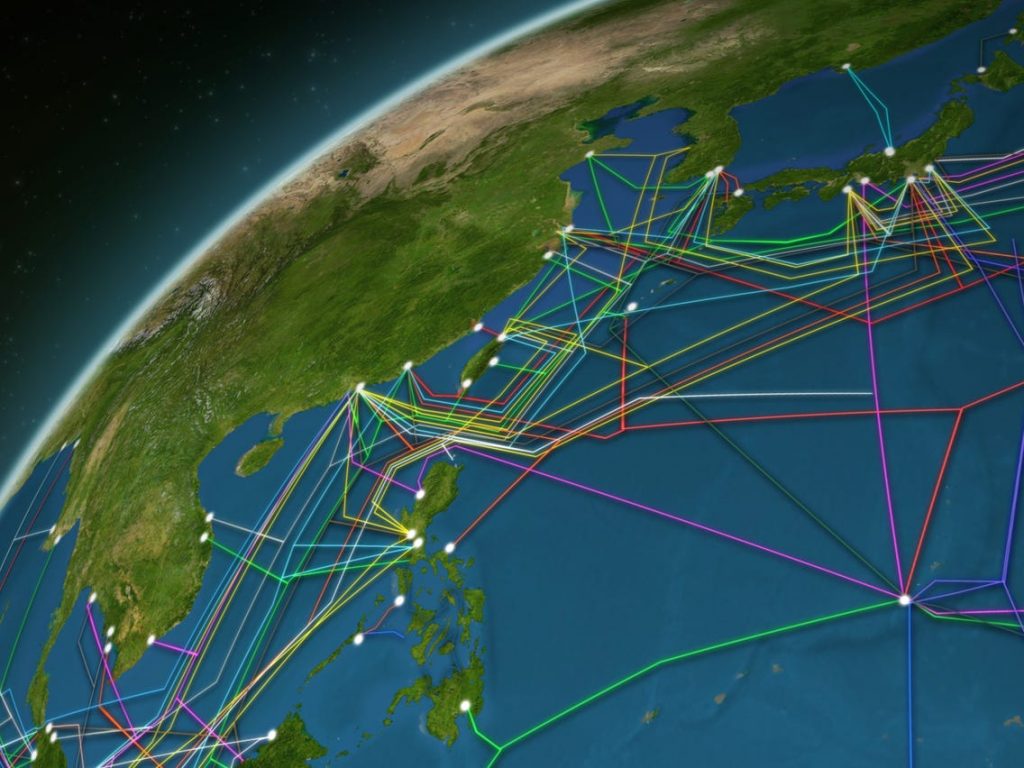
Data transfer is possible through light through such a cable, which operates on an optical phenomenon called Total Internal Reflection. Light has the potential to carry more data than radio waves or microwaves. This is why the optical fiber network is being used as a more efficient communication technology than artificial satellites using radio waves.

But today the whole story has changed, the rocket is neither a rocket nor the satellite is an old satellite. With the advent of multi-purpose rockets, the cost of launching a satellite has come down, and the development of technology has helped to increase the efficiency and effectiveness of ‘child’ artificial satellites. This means that it is relatively inexpensive to build a fast communication network using small (weighing less than 100 kg) artificial satellites in low earth orbit (LEO). The fact is that with the advent of private companies like SpaceX, such possibilities have been realized. However, the big challenge is that it will take about 12,000 satellites to reach the Internet in most parts of the world.
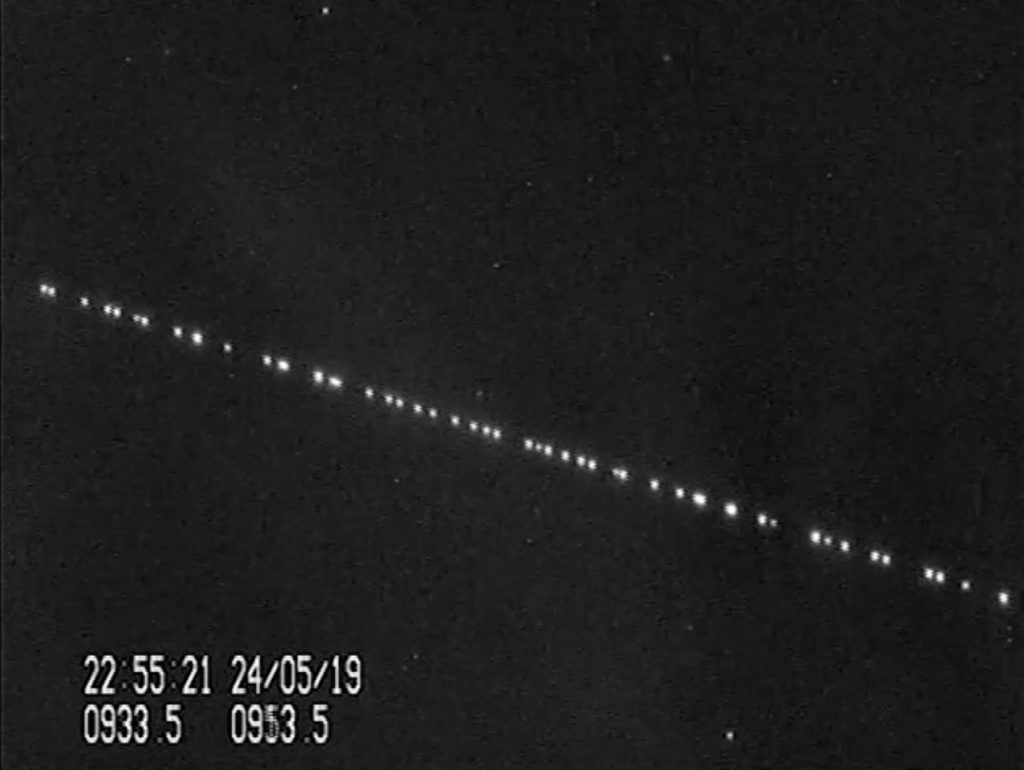
Starlink is a satellite internet network operated by SpaceX that provides satellite Internet access to most parts of the world. Starlink will have more than 1600 Low Earth Orbit (LEO) satellites by mid-2021. They communicate with designated ground transceivers. From November 2021, Starlink Beta will be available in 20 countries.
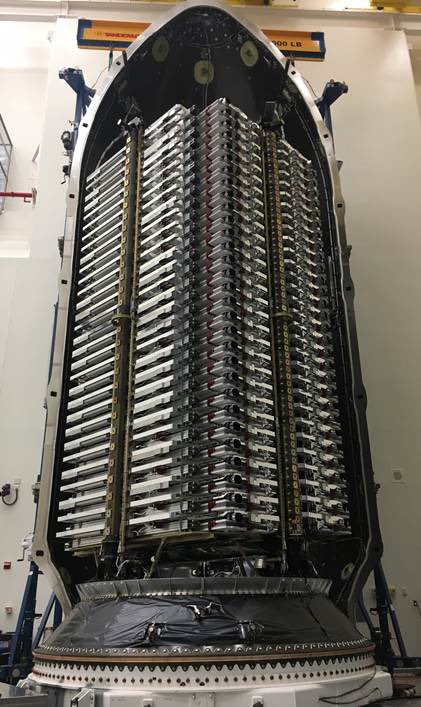
The current plan is to deploy about 12,000 satellites in five shells, with the possibility of raising it to 42,000 later.
• First shell: 1,440 in a 550 km (340 mi) altitude shell at 53.0
inclination
• Second shell: 1,440 in a 540 km (340 mi) shell at 53.2
inclination
Ird Third shell: 720 in a 570 km (350 mi) shell at 70 ° inclination
• Fourth shell: 336 in a 560 km (350 mi) shell at 97.6
If Fifth shell: 172 satellites in a 560 km (350 mi) shell at 97.6
As of 13 November 2021, SpaceX has launched 1,844 Starlink
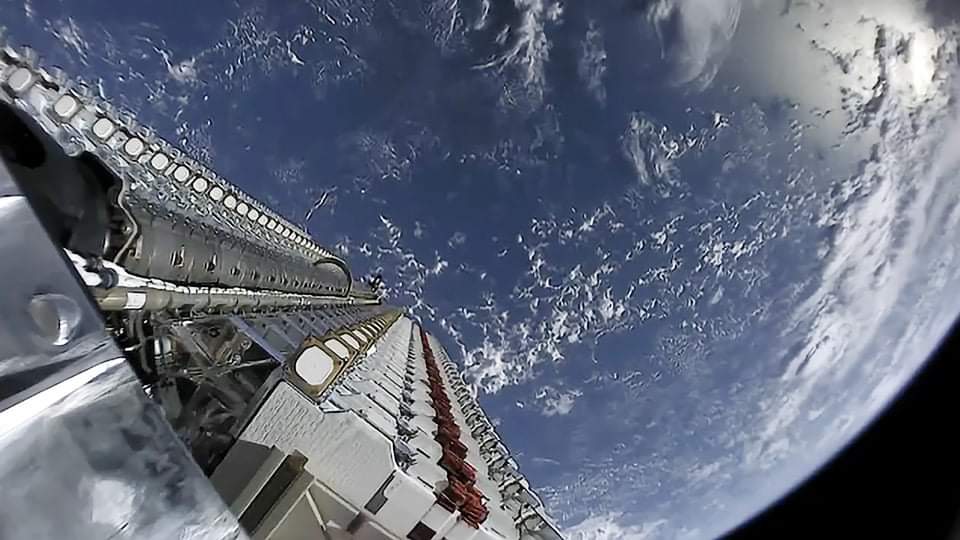
satellites, including demo satellites Tintin A and B.
You may wonder if so many satellites are polluting the space, but a de-orbit mechanism using krypton-fueled Hall thrusters is attached to all the satellites to ensure that they do not. So after a lifetime they can return to the atmosphere and burn up.
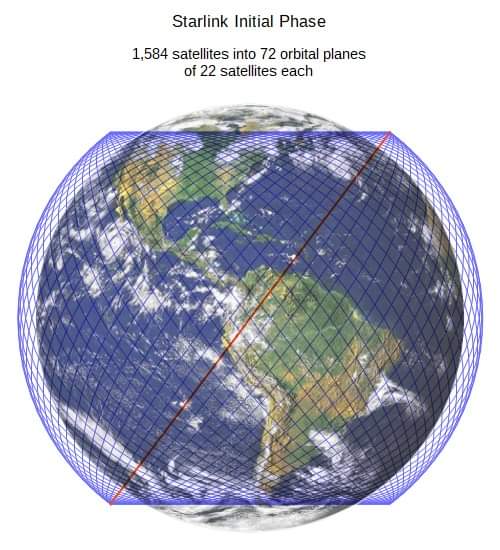
Although the technological potential of satellite internet service encompasses the vast majority of the global population, SpaceX can only provide actual service within countries licensed to provide services within any particular national jurisdiction, which is why the trial service had to be discontinued in India.
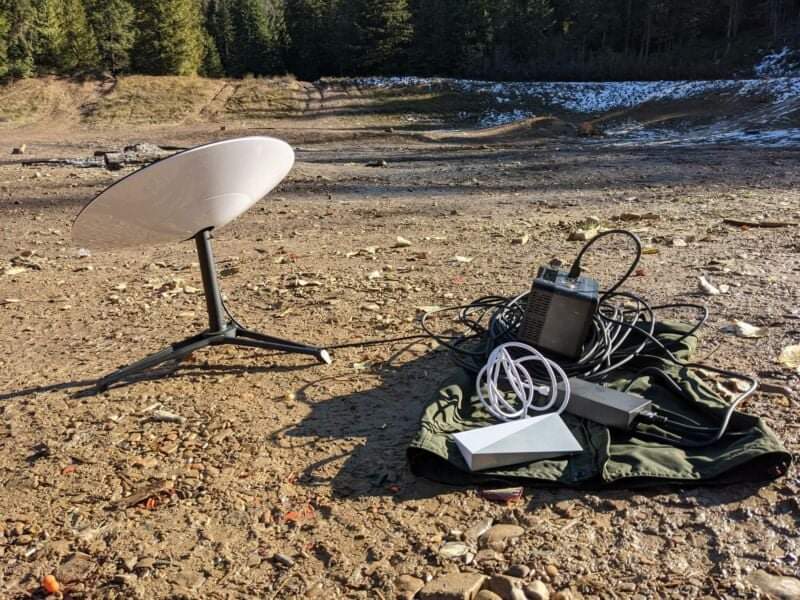
This service is also available to us with the consent of our Government. Starlink’s average speed is 134.7 Mbps (around the world) and 161.1 Mbps in Europe.
Elon Musk has decided to use the proceeds from the Starlink project for SpaceX’s’ Mars exploration project. There is no doubt that Starlink will start a communication revolution!
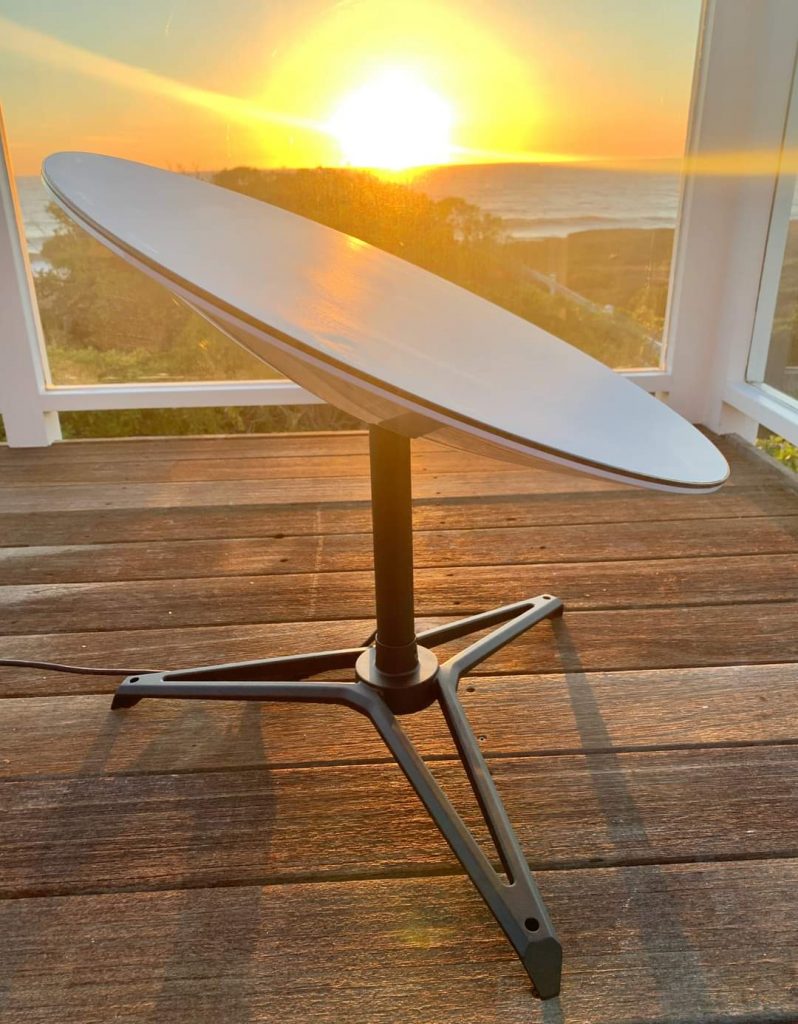

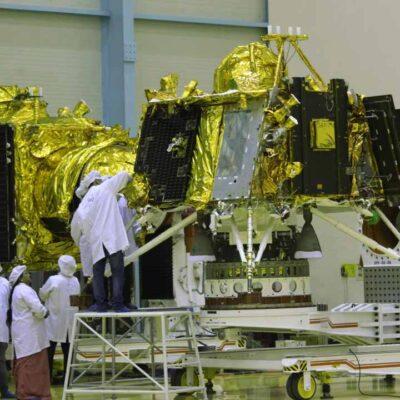
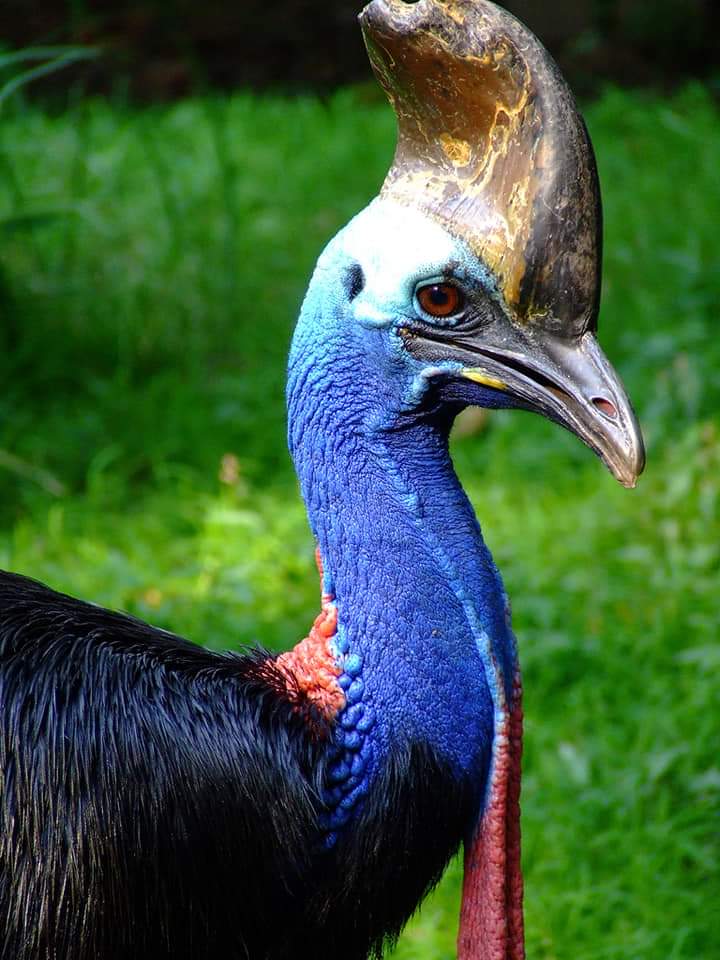

Recent Comments